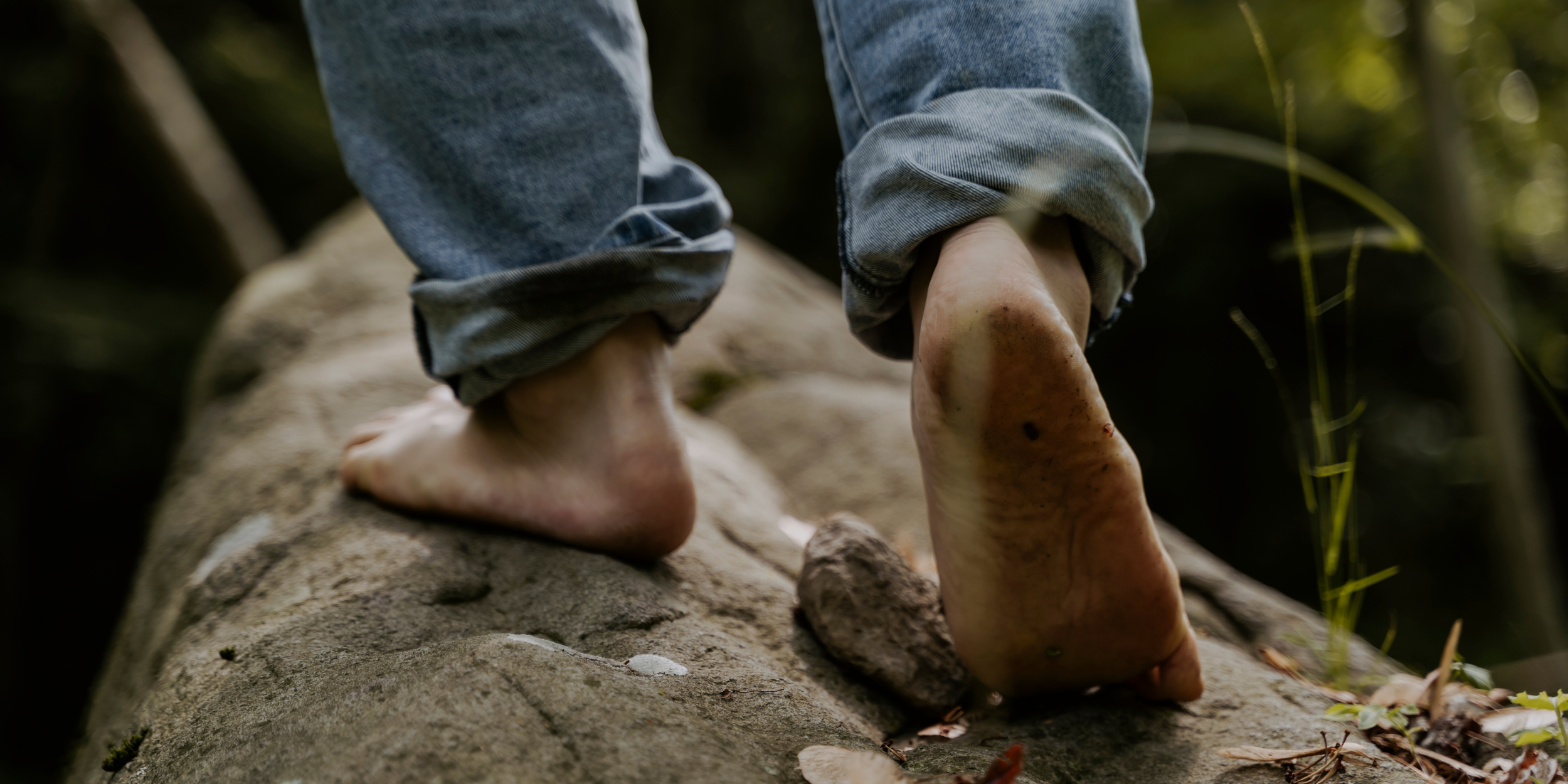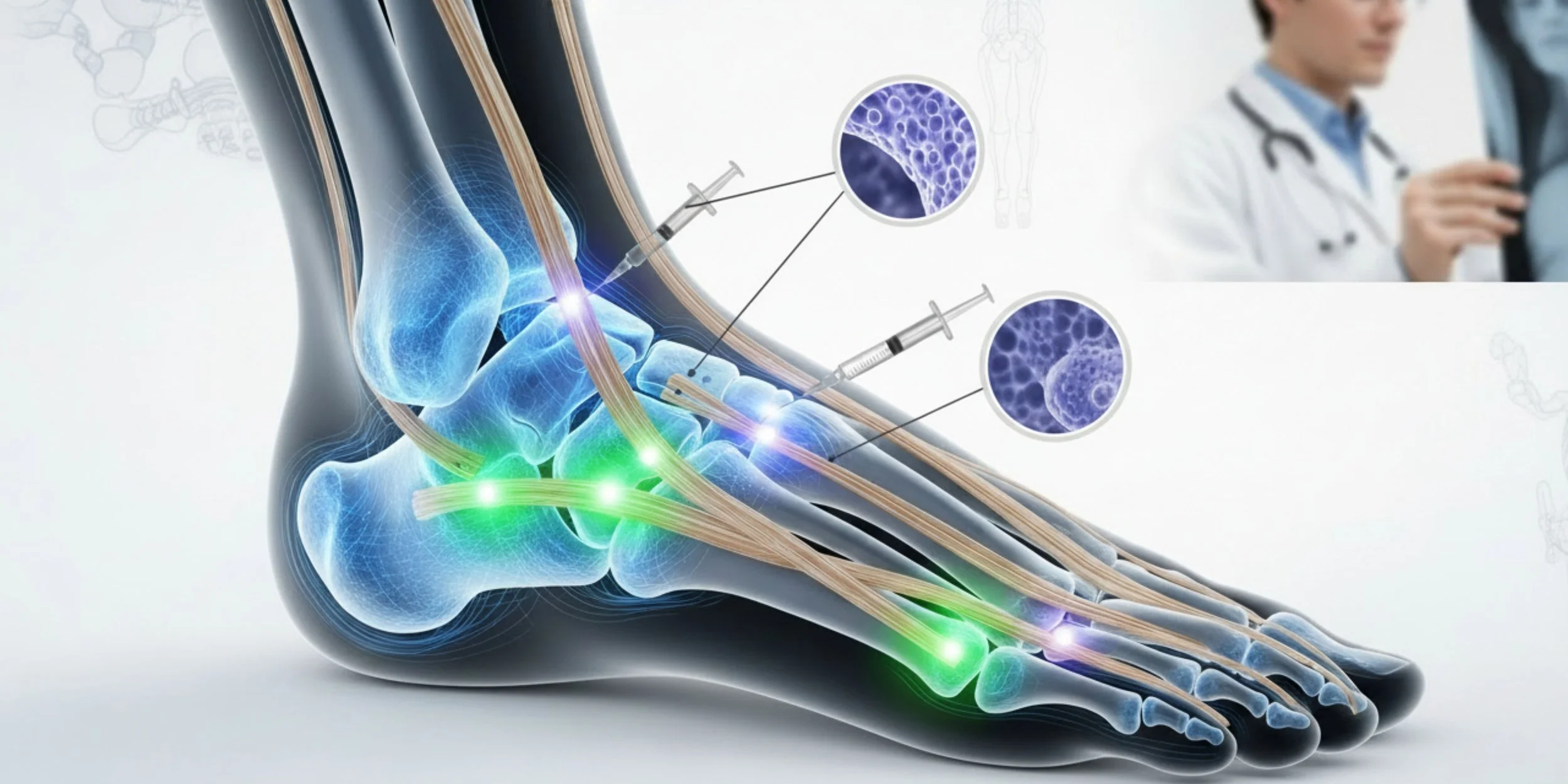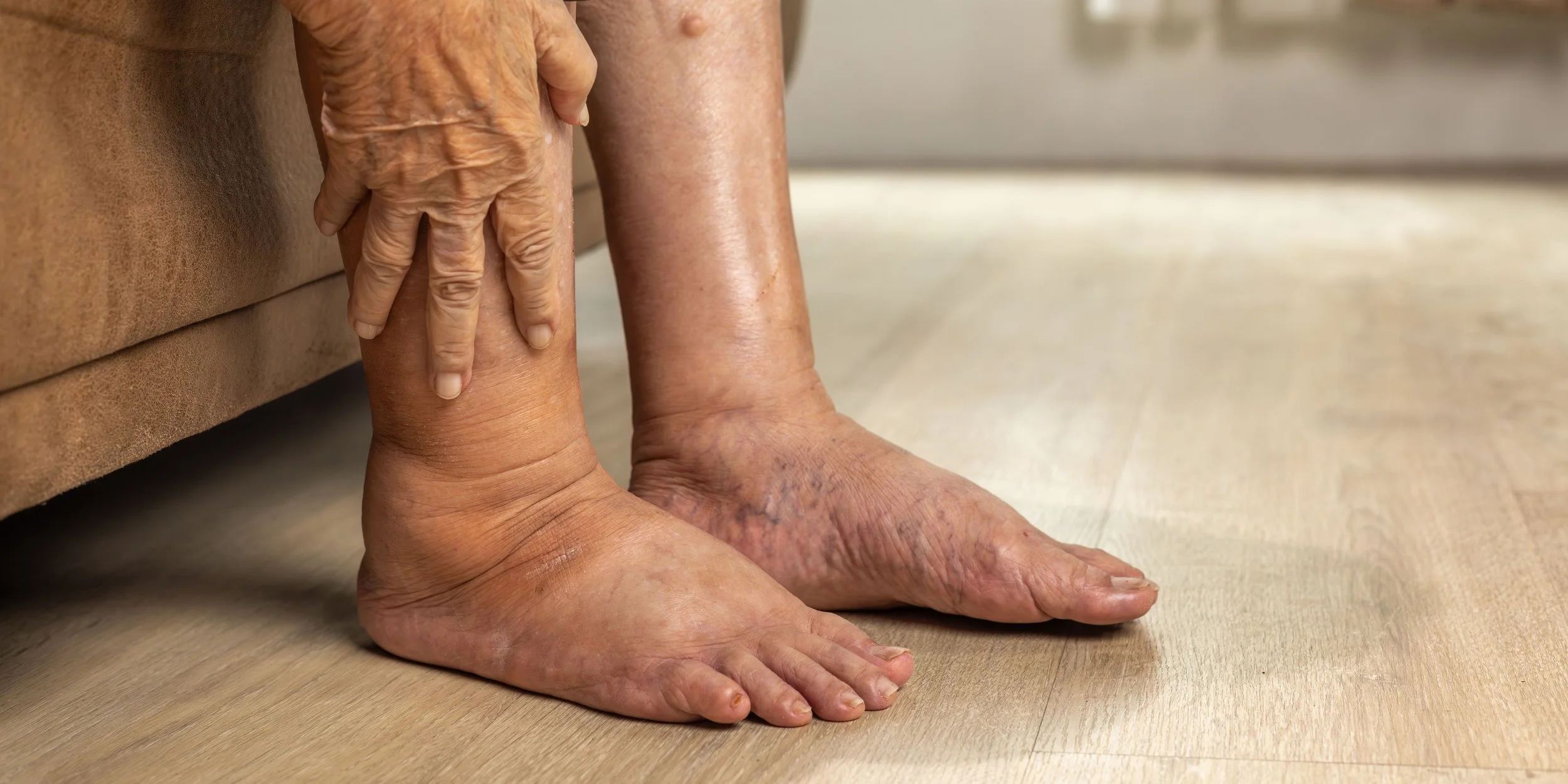Walking with Diabetes: Is It Safe for Your Feet?
For people living with diabetes, regular walking is often recommended to help manage blood sugar, improve circulation, and support overall health. But many patients worry: "Is walking safe for my diabetic feet?" The short answer is: Yes, but with caution.
Diabetes can increase the risk of foot problems, including ulcers, infections, and even amputations if complications are ignored. However, that doesn’t mean you should avoid walking or physical activity altogether. In fact, **staying active is one of the best things you can do for your body—**as long as you protect your feet.
In this article, we’ll explore why foot care is crucial for people with diabetes, the potential risks, and how to safely enjoy walking as part of a healthy lifestyle.
Understanding the Importance of Foot Care for Diabetics
Diabetes affects the body in many ways, but one of the most serious complications involves the feet. High blood sugar levels over time can lead to nerve damage (diabetic neuropathy) and poor circulation (peripheral arterial disease). These conditions make it harder for your body to heal from even minor foot injuries.
Without proper care, a small blister from a shoe or a cut from walking barefoot can turn into a serious infection or ulcer. Diabetic foot ulcers are wounds that can be difficult to heal and may lead to severe complications, including amputation.
That’s why diabetic foot care isn’t just about comfort—it’s about preserving mobility, preventing infection, and protecting your overall health.
Common Foot Problems Associated with Diabetes
Understanding the risks can help you take steps to prevent problems before they start. Some of the most common diabetic foot issues include:
1. Neuropathy (Nerve Damage)
Loss of sensation in the feet means you might not feel cuts, blisters, or pressure sores. This can delay treatment and worsen injuries.
2. Poor Circulation (Peripheral Arterial Disease)
Restricted blood flow makes healing slower, increasing the risk of infections and non-healing wounds.
3. Foot Ulcers
A diabetic foot ulcer is an open wound, often located on the bottom of the foot. Without proper care, these ulcers can lead to severe infections.
4. Calluses and Corns
Thickened skin can put extra pressure on certain parts of the foot, leading to sores.
5. Fungal Infections and Ingrown Toenails
These may seem minor, but if untreated, they can lead to infections.
6. Charcot Foot
This rare but serious complication causes weakening of the bones in the foot, leading to deformity and collapse of the arch.
Daily Foot Care Routine for Diabetics
A consistent daily foot care routine can prevent most diabetic foot complications. Here’s what you should do every day:
Inspect your feet: Look for cuts, blisters, redness, swelling, or nail problems. Use a mirror to check the bottoms of your feet or ask someone for help.
Wash and dry carefully: Use warm (not hot) water and mild soap. Dry your feet completely, especially between the toes.
Moisturize but avoid between toes: Apply lotion to prevent dryness and cracking, but don’t moisturize between the toes to avoid fungal growth.
Trim nails carefully: Cut straight across and file edges. Avoid cutting corners too deeply.
Never walk barefoot: Even indoors, protect your feet from injury.
Check your shoes: Make sure there are no pebbles, sharp objects, or rough seams inside your footwear.
Choosing the Right Footwear for Comfort and Support
Proper footwear is a key line of defense against foot injury. Here’s what to consider when choosing shoes as a diabetic:
Look for:
Wide toe boxes: Give your toes room to move.
Good arch support: To reduce pressure on sensitive areas.
Soft interior: Prevents rubbing and irritation.
Adjustable closures: Velcro or laces help accommodate swelling.
Shock-absorbing soles: Protect your feet from impact.
Avoid:
High heels or pointed shoes
Flip-flops or sandals without support
Tight or poorly fitting shoes
Custom orthotics or diabetic shoes may be recommended by your podiatrist to provide additional support and reduce pressure points.
The Role of Nutrition in Foot Health
Nutrition isn’t just about controlling blood sugar—it also plays a direct role in tissue health, wound healing, and circulation. Here’s how your diet impacts your feet:
Nutrients That Support Foot Health:
Protein: Needed for tissue repair and healing.
Omega-3 fatty acids: Reduce inflammation and support circulation.
Vitamins C and E: Help in wound healing and protecting skin cells.
Zinc: Essential for immune function and healing.
Magnesium: Supports nerve health.
Foods to Include:
Leafy greens
Berries
Nuts and seeds
Whole grains
Lean proteins
Fatty fish (like salmon)
Foods to Limit:
Sugary snacks and drinks
Processed foods high in sodium
Trans fats and highly processed oils
Good nutrition reduces the risk of foot complications by supporting healthy circulation, immune response, and skin integrity.
Recognizing Early Signs of Foot Complications
Early detection is crucial to prevent minor issues from becoming life-threatening. Watch for these warning signs:
Redness or swelling
Warmth in one area of the foot
Drainage from a wound
Foul odor
Discoloration (blue or black areas can signal tissue death)
Persistent pain or numbness
Changes in foot shape or arch
If you notice any of these signs, contact a healthcare professional immediately.
When to Seek Professional Help for Foot Issues
Don’t wait for minor problems to escalate. Contact a podiatrist or your healthcare provider if you experience:
A cut, blister, or sore that doesn’t heal within a few days
Signs of infection: redness, warmth, swelling, or pus
Thick calluses or corns
Ingrown toenails
New numbness or tingling in your feet
Regular foot check-ups are recommended for all people with diabetes, even if no problems are present.
Tips for Maintaining Foot Hygiene
Good foot hygiene reduces the risk of infections. Follow these simple steps:
Wash your feet daily with warm (not hot) water and gentle soap.
Dry thoroughly, especially between the toes.
Keep nails clean and trimmed.
Moisturize daily, but avoid putting lotion between the toes.
Avoid home remedies for corns or calluses—see a professional instead.
Remember: Clean feet are healthy feet.
The Impact of Exercise on Foot Health
Many people with diabetes fear that walking or exercise will cause foot damage. But the benefits of exercise outweigh the risks—if done carefully.
How Walking Helps:
Improves circulation to the feet and legs
Lowers blood sugar levels
Strengthens muscles that support the feet and ankles
Reduces inflammation and promotes joint health
Supports weight management, reducing pressure on the feet
How to Walk Safely:
Inspect your feet before and after walking
Wear proper footwear and socks
Start slow: Begin with short walks and build up gradually
Walk on even surfaces to avoid injuries
Stay hydrated to keep tissues healthy
Stop immediately if you notice pain, blisters, or unusual sensations
For some people with advanced neuropathy or severe circulation issues, walking may need to be modified. In these cases, talk with your healthcare provider or podiatrist about safe alternatives like swimming, stationary biking, or chair exercises.
Conclusion: Prioritizing Foot Care for a Healthier Lifestyle
Walking is one of the simplest and most effective forms of exercise for people with diabetes. It can improve your overall health, help control your blood sugar, and support emotional well-being. But foot care must always come first.
By following a daily foot care routine, choosing the right footwear, maintaining good nutrition, and staying alert to early warning signs, you can safely enjoy walking and other physical activities without putting your feet at risk.
Remember: Healthy feet support an active, independent life. If you have diabetes, don’t wait for problems to arise—make foot care a daily priority and partner with a podiatrist to keep moving safely.
Ready to take better care of your feet?
Schedule a consultation with a foot care specialist to assess your current foot health and create a personalized plan for staying active while preventing complications.











